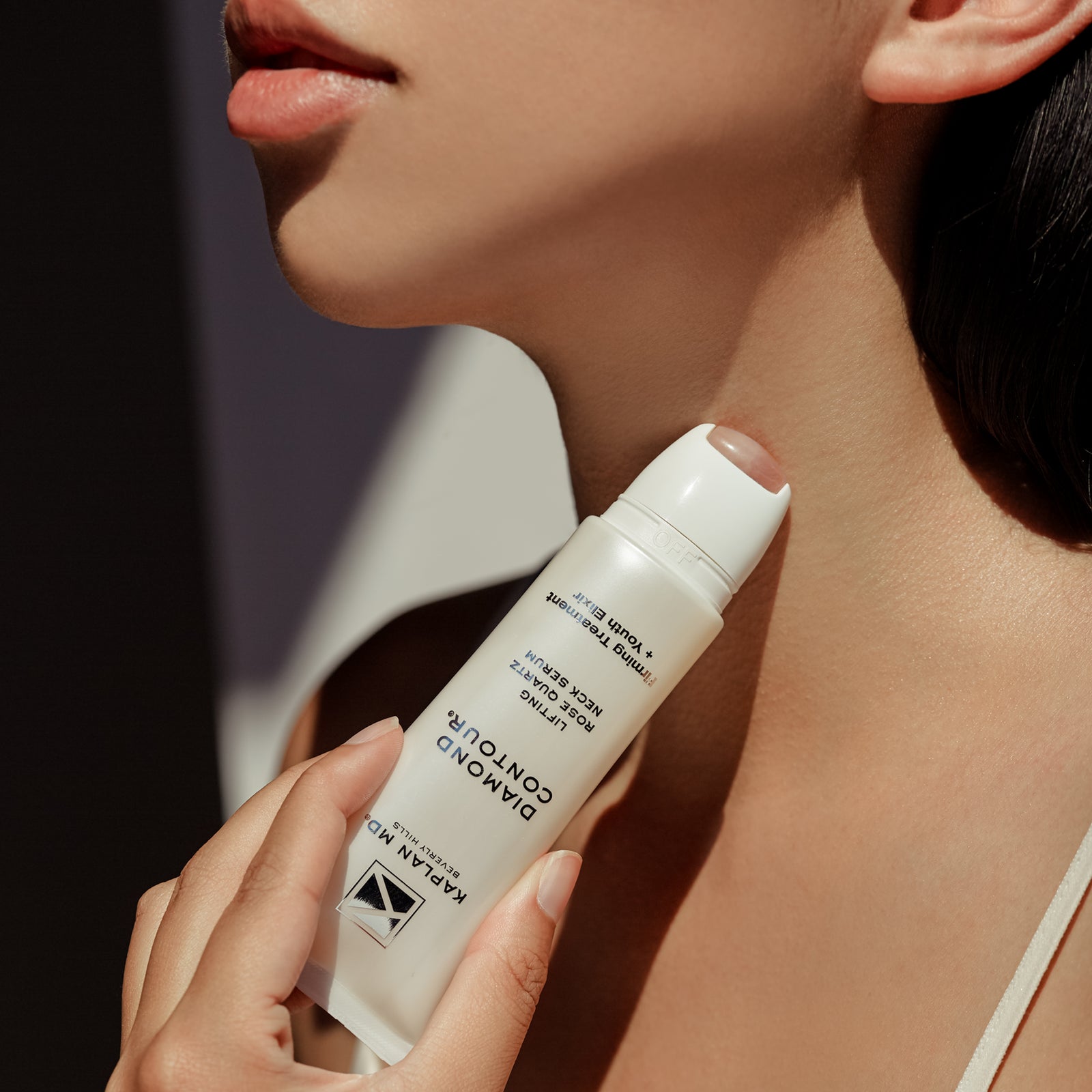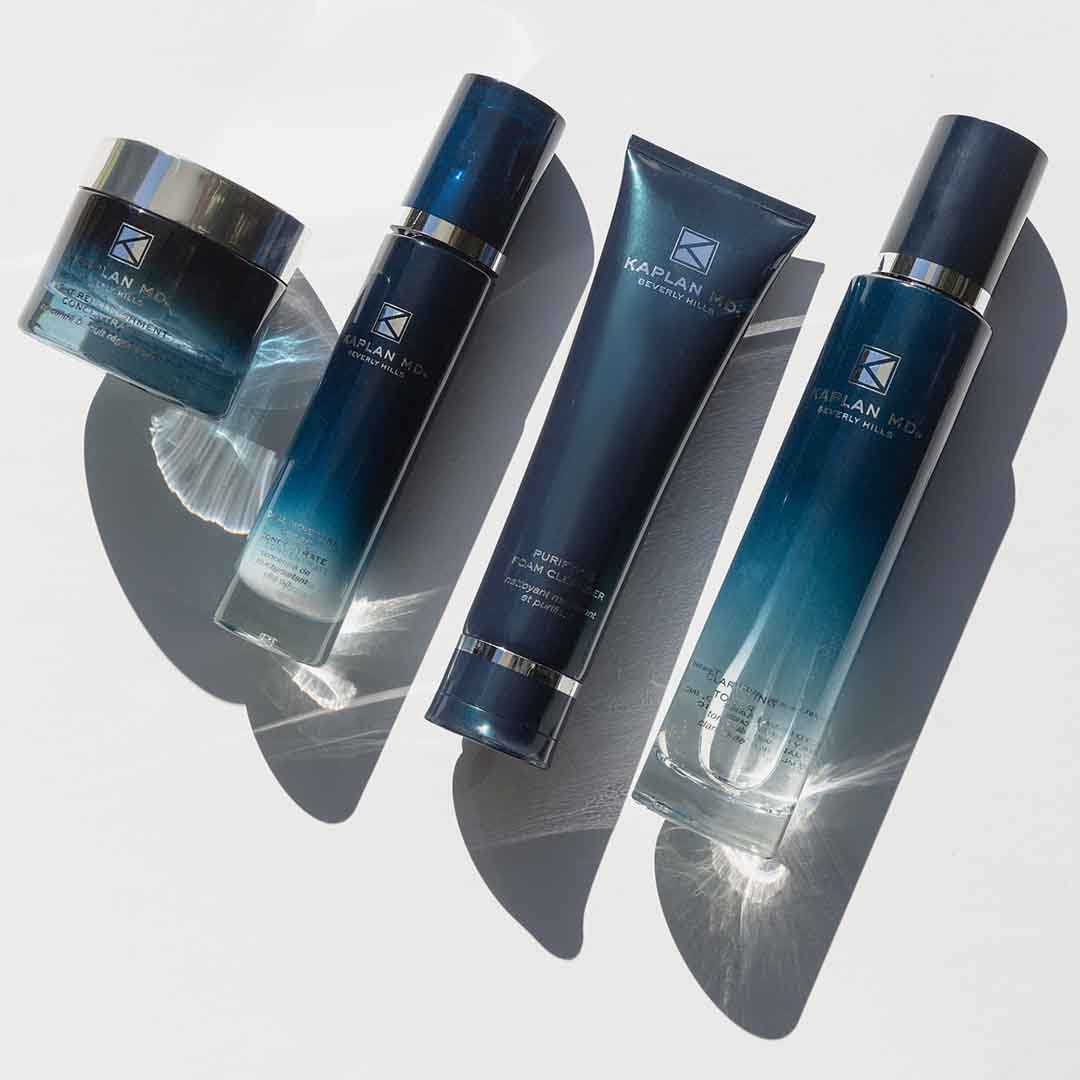Dr. Kaplan – Melasma
MELASMA
Melasma is a skin discoloration that appears as dark, irregular-shaped patches with well-defined edges. Most people get it on their upper cheeks, nose, lips, upper lip, forearms, neck, and forehead. These patches often develop slowly but can last for many years. Sun exposure triggers melasma, so it often worsens during summer and improves during winter.
Melasma is a common skin problem. It does not cause any physical problems or symptoms beyond the discoloration.
WHO GETS MELASMA
Women often get melasma, especially pregnant women and those on birth control. Only 10% of melasma sufferers are men.Some people are more likely than others to get melasma, including:
- People with darker skin tones, including those of Latin/Hispanic, Asian, Indian, Middle Eastern, Mediterranean, North African, and African American descent.
- Those who live in areas with intense sun exposure
- People who have a blood relative who had melasma
CAUSES
It’s not yet clear the causes of melasma. It likely occurs when color-making cells in the skin called melanocytes produce too much pigment. There are many factors that contribute to melasma, including:
- Family history
- Pregnancy or birth control
- Cosmetics or other skin care products
- Phototoxic medicines (drugs that make the skin more susceptible to light damage, such as anti-seizure medication)
- Sun exposure
- Stress
For women, hormones seem to trigger melasma. Melasma during pregnancy, often called cholasma or “the mask of pregnancy,” may result from an increase in hormone production. The main risk factor in men appear to be sun exposure or family history.
Sun exposure can trigger melasma because UV lights from the sun stimulates the melanocytes. Just a small amount of sun exposure can make melasma return after fading. Sun exposure is the reason why people can get it again and again.
People with skin of color are more prone to melasma because they have more active melanocytes than those of lighter skin. Thus they produce more pigment.
Irritating the skin also may trigger an increase in melanocytes in all people. Skin care products that can irritate the skin may worsen melasma.
Melasma is not linked to any internal disease or organ malfunctions.
DIAGNOSIS
Melasma is disgnosed by visual exam or using a special lamp. In rare cases, other skin problems can look like melasma. A skin biopsy may be performed to confirm it is melasma.
TREATMENT
Sometimes melasma fades on its own, especially after the trigger is gone, such as after pregnancy or stopping birth control. Some patients, though, have it for years or even a lifetime. There are treatments available:
SKIN-LIGHTENING AGENTS
The most common is hydroquinone. You can usually see the effects after 5-7 weeks, and treatment continues for at least 3 months. Sometimes you may use more than one type of skin-lightening medicines, such as tretinoin, corticosteroids, or glycolic acid. These can be prescription or OTC. Reactions to skin-lightening agents vary with different skin types.
CHEMICAL PEELS
This involves using chemical solutions to remove dead skin cells. Stronger peeling agents tend to be more effective than lighter-strength ones, but can carry more side effects such as burning, excess peeling, scarring, and even worse discoloration.
MICRODERMABRASION
A skin resurfacing method, it uses rough, but very fine crystals to buff away the outermost layer of the skin. This procedure uses a vacuum-like device to apply the particles and remove the unwanted skin.
LASER SKIN REJUVENATION
Lasers may be an option when other treatment options do not work. Certain lasers are more effective than others in treating melasma. Sometimes two lasers are used: one to destroy melanocytes and the other to remove the pigment left behind. Photodynamic therapy may also be used.
MAINTENANCE TREATMENT
Though treatments are effective, they do not always cure melasma. Skin discoloration may not go away completely. Depending on how much pigment you have and sensitivity of your skin, you may need more than one treatment to see a good result. The effectiveness over time varies from patient to patient.
Even if your melasma clears, you may need to keep treating the skin to sustain results, also known as maintenance treatment.
Complications can occur when procedures are not tailored to the patient’s skin type or not performed by a dermatologist.
SUN PROTECTION
Sunscreen may be recommended as part of the treatment plan. This is important because Uv rays are present even on cloudy days and can affect skin through windows. Continue to wear sunscreen even after melasma clears to prevent it from returning.
While treating melasma, avoid products that irritate the skin, such as cosmetics or skin care creams.
All content solely developed by the American Academy of Dermatology.








